Cats are fascinating creatures, and their quirky habits often leave us scratching our heads. However, many of these behaviors are rooted in survival instincts. This means your fluffy friend has some impressive skills that have been honed over thousands of years. Let’s explore some common cat habits and uncover the survival strategies behind them. You might just look at your feline companion a little differently after this.
1. Kneading
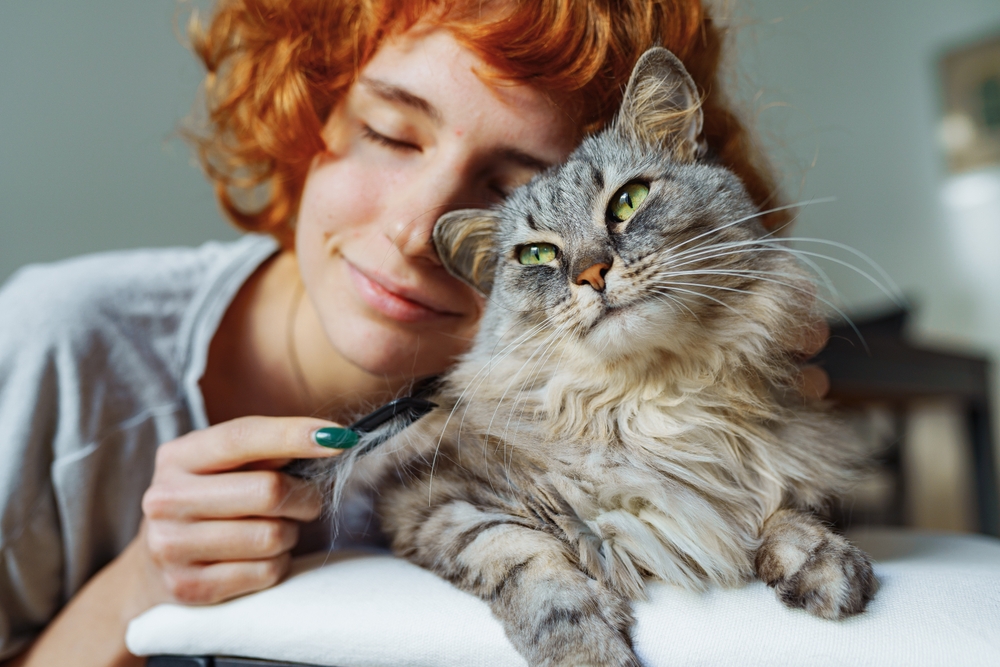
When your cat kneads you with its paws, it might seem like a simple act of affection. But this behavior harks back to their early days as kittens. Kittens knead their mother’s belly to help stimulate milk flow. In adulthood, this action becomes a comforting ritual. According to Dr. Margaret Gruen, a veterinary behaviorist, kneading can also mark territory with scent glands in their paws, a handy way to let others know what’s theirs.
Kneading is also thought to be a form of self-soothing for cats. Just like humans might find comfort in a favorite blanket, cats find solace in this rhythmic motion. It can indicate they feel safe and content. So next time your cat kneads you, take it as a compliment; they feel right at home with you. Remember, it’s not just a cute quirk, but a complex blend of instinctual behavior.
2. Chattering At Birds
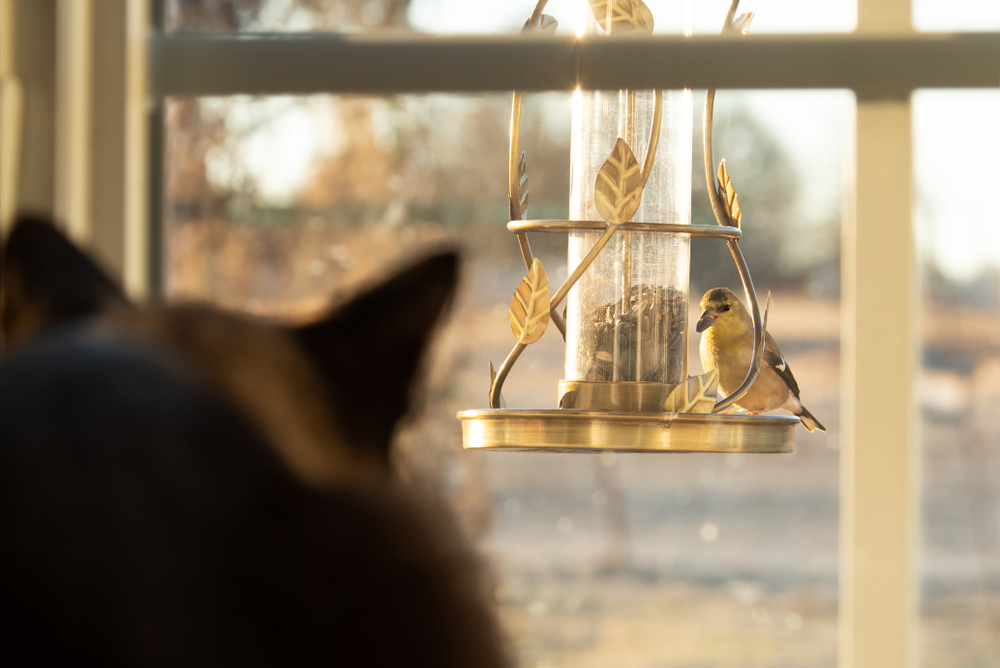
If you’ve ever watched your cat gaze longingly out the window and chatter at birds, you’ve witnessed a survival behavior in action. This odd sound isn’t just about frustration at being indoors. In the wild, cats use sounds and movements to mimic their prey, possibly to lure them closer. This chattering could be an instinctual attempt to replicate the kill bite. It’s a fascinating display of your cat’s predatory nature, even if they’re not about to leap into action.
The chattering is often accompanied by intense focus and twitching of the tail. These are signs your cat’s hunting instincts are in overdrive. Even if they’ve been domesticated for generations, the urge to hunt remains strong. It’s a reminder that deep down, your furry friend is still very much a creature of the wild. So while it looks like they’re just making funny noises, they’re engaging with deep-seated instincts.
3. Bringing You “Gifts”
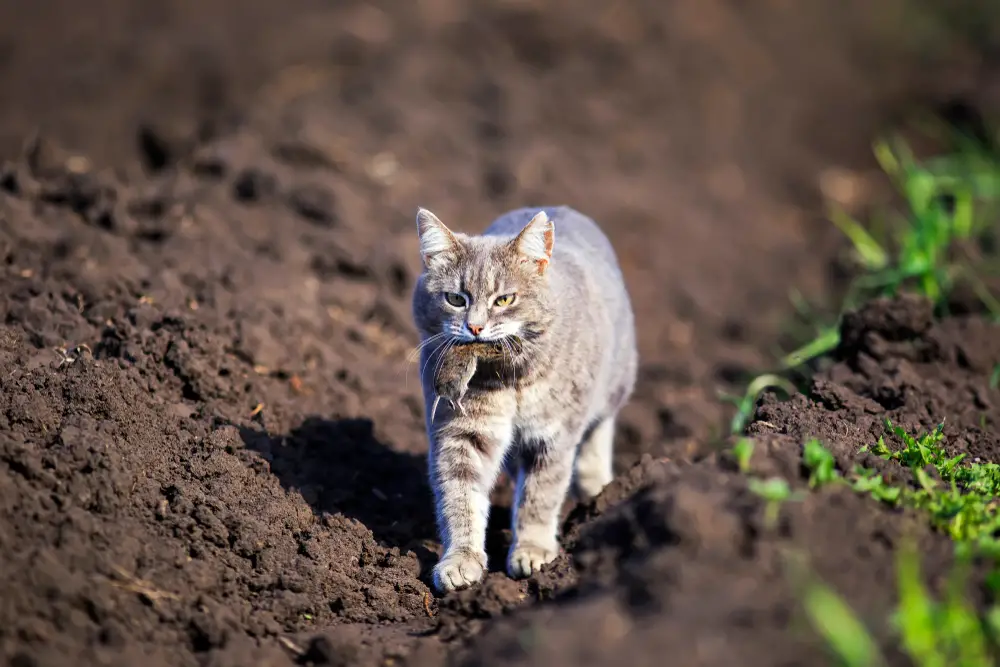
Receiving a gift of a dead mouse or bird from your cat might not be your idea of a present, but there’s more to this behavior than meets the eye. This is a survival tactic deeply rooted in their evolutionary history. According to Dr. John Bradshaw, an anthrozoologist, cats in the wild bring food back to their den to feed their young or store for later. Your indoor kitty is displaying this same instinct when it shares its “catch” with you.
This behavior can also be seen as a sign of affection and trust. By sharing their “prey,” your cat is including you in their inner circle. It’s their way of contributing to the household and taking care of you. While it might be gross to find a dead critter on your doorstep, it’s also a sincere compliment. Your cat considers you family and wants to share what they’ve hunted.
4. Purring
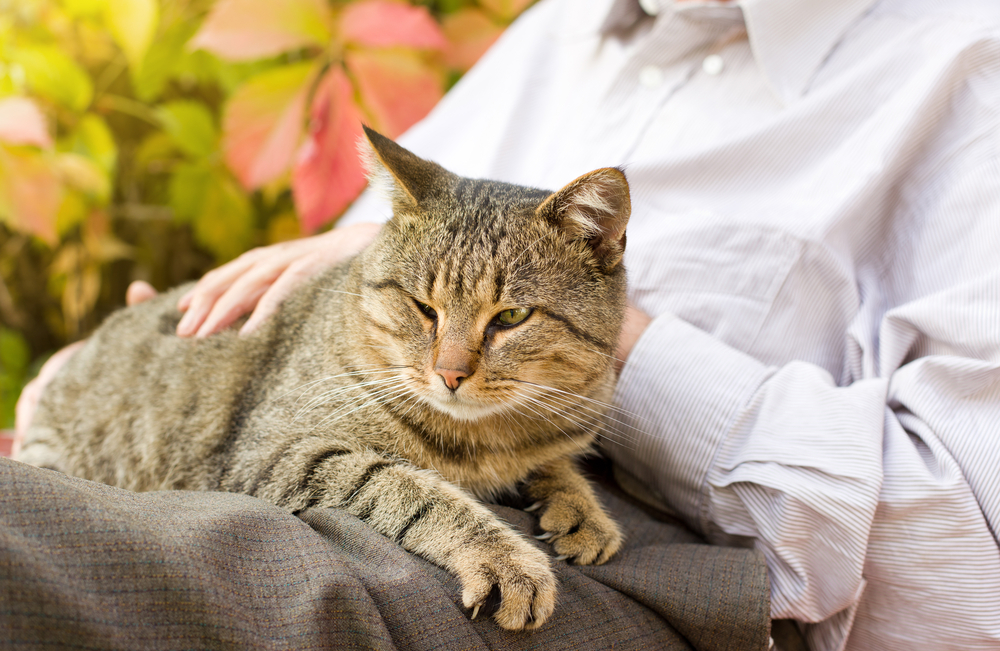
We usually associate purring with contentment, but it serves a complex purpose beyond expressing happiness. Purring can also be a form of self-healing. The frequency of a cat’s purr has been shown to promote healing and reduce pain. In the wild, this could help a cat recover from injuries quickly and quietly. It’s an efficient way for them to heal while avoiding drawing attention from predators.
Cats also purr in stressful situations, which might seem counterintuitive. This behavior can be a way to calm themselves when scared or in pain. It’s like their own internal comfort mechanism to manage stress. So the next time your cat purrs, remember it might be more than just contentment; it could be a sophisticated way of keeping themselves healthy and safe. Purring is a remarkable tool in their survival kit.
5. Tail Twitching
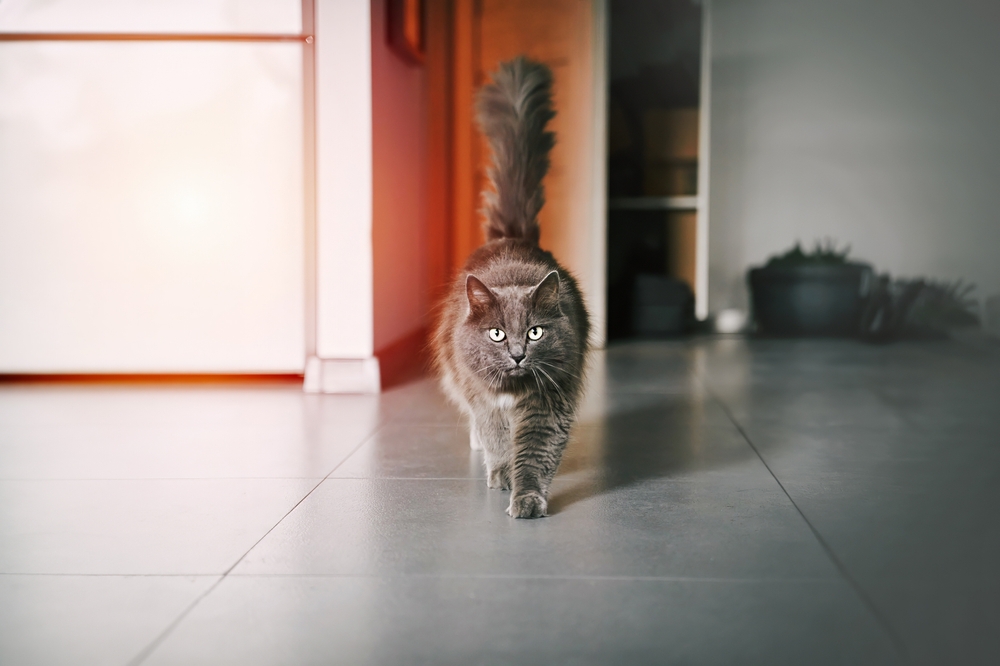
A cat’s tail is like a mood ring, offering insights into its current state of mind. Tail twitching, in particular, is a behavior with roots in survival instincts. When a cat’s tail twitches, it often signals heightened alertness or agitation. As Dr. Sarah Ellis, a feline behavior specialist, points out, tail movements can communicate a variety of messages, from excitement to annoyance. This movement helps them keep balance and communicate their intentions to other animals.
A twitching tail can also indicate your cat is zeroing in on something of interest. In the wild, this could mean they’re about to pounce on prey or escape a threat. It’s their way of maintaining balance and agility during quick movements. This habit is an essential part of a cat’s communication toolkit, helping them navigate social interactions. So next time your cat’s tail gets twitchy, pay attention—it might be saying more than you realize.
6. Hiding
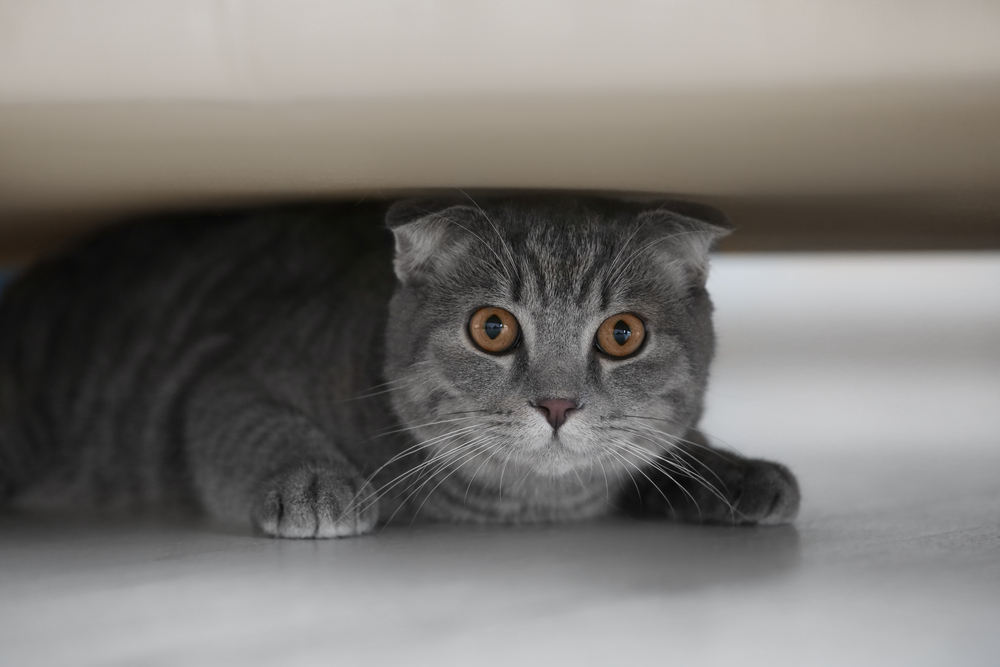
Cats love to hide in boxes, under beds, or in closets, and this behavior is more than just about finding a cozy spot. In the wild, hiding is a critical survival tactic to avoid predators and stalk prey without being seen. A cat that can conceal itself can live another day by not becoming someone else’s meal. It’s an instinct that allows them to feel safe and secure.
For your indoor cat, hiding serves as a way to retreat from stress or overstimulation. It’s their version of taking a breather from the hustle and bustle of daily life. Providing them with spaces to hide is essential for their well-being. It fosters a sense of security, knowing they have a safe haven to retreat to when needed. So, those times you can’t find your cat, it’s simply fulfilling its instinctual need for security.
7. Scratching
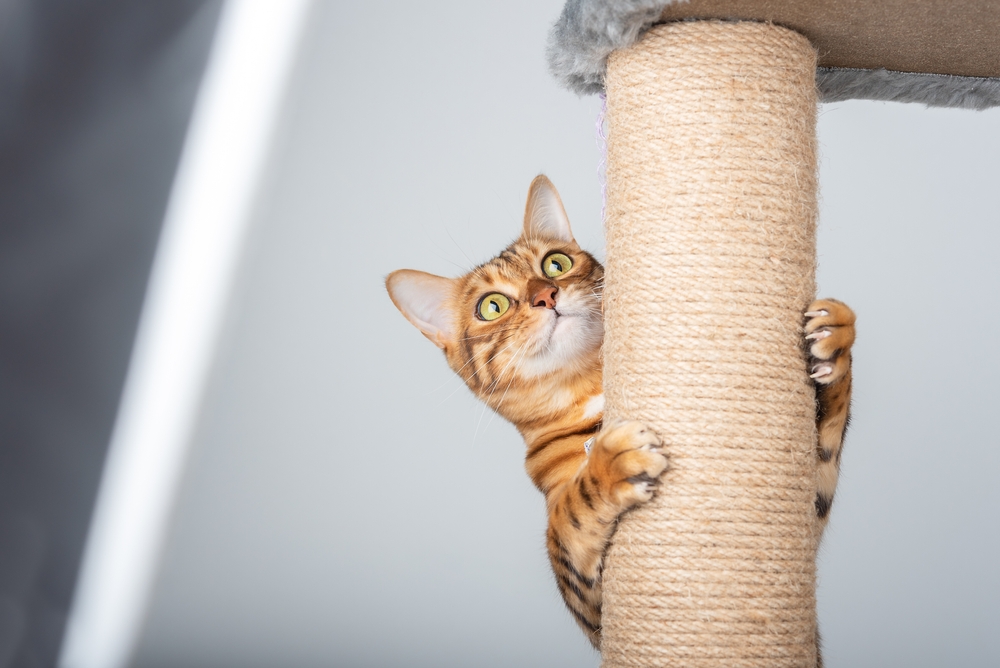
You might get frustrated when your cat scratches furniture, but this behavior is deeply ingrained in their survival instincts. Scratching serves multiple purposes, from marking territory to sharpening claws. Dr. Mikel Delgado, a cat behavior researcher, notes that scratching leaves both a visual mark and scent from glands in their paws, serving as a dual-purpose communication tool. This natural behavior is crucial for their social and physical health.
Scratching also helps cats remove the outer sheath of their claws, keeping them sharp and ready for action. In the wild, a cat with well-maintained claws can hunt effectively and defend itself when necessary. Even if your cat doesn’t need to hunt, it’s instinctual to keep those claws in top condition. By understanding this behavior, you can provide appropriate outlets like scratching posts to satisfy these natural urges. It’s all about providing them with the resources they need to thrive.
8. Head Butting
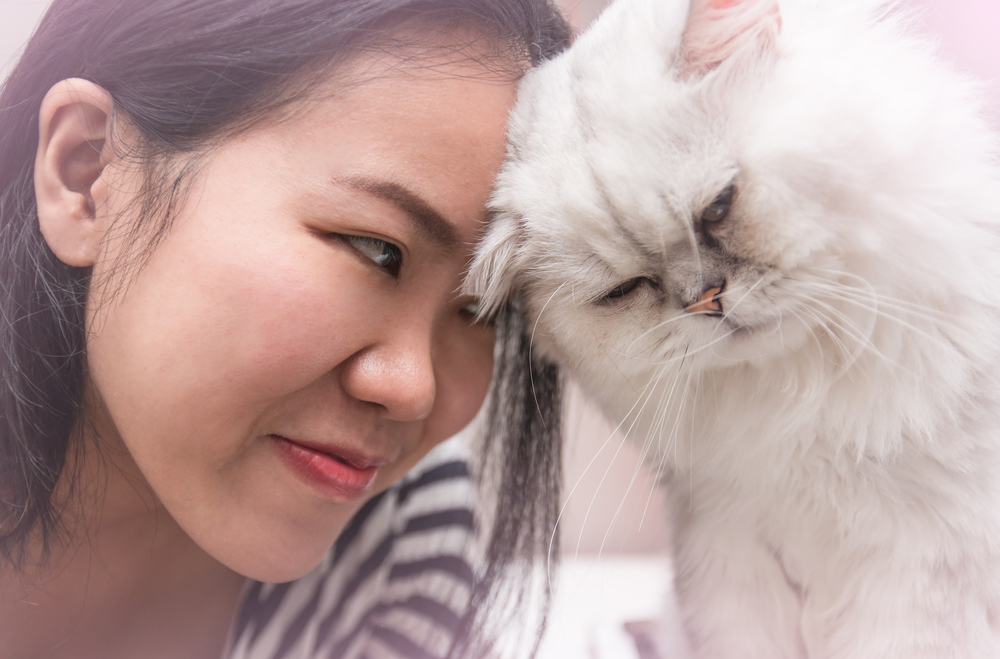
Head butting, or bunting, is a way your cat shows affection, but it’s also steeped in survival behavior. When a cat head butts you, it’s marking you with scent glands located in their head. This scent marking is a way of claiming territory and establishing a familiar environment. In the wild, this behavior helps cats stick together as a group, ensuring safety in numbers.
Apart from marking territory, head-butting is a sign of trust and affection. Cats won’t engage in this behavior with just anyone; it’s reserved for those they feel comfortable around. It’s a way they reinforce their bonds and communicate that you’re part of their family. So when your cat gives you that gentle nudge, know it’s more than just a greeting. It’s an expression of trust that is key to their social structure.
9. Stalking
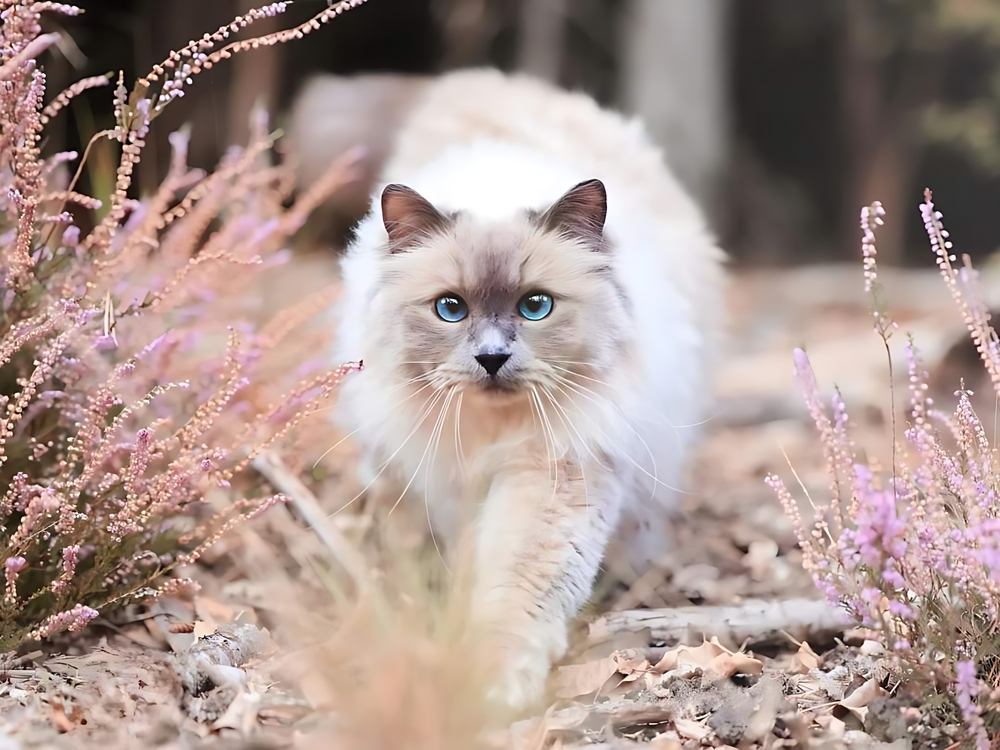
Stalking is an unmistakably predatory behavior that stems from a cat’s instinctual drive to hunt. This behavior is all about stealth and precision, allowing cats to sneak up on their prey with minimal detection. A stalking cat will often fixate on its target with laser-sharp focus and move slowly and deliberately, keeping its body low to the ground. This movement minimizes noise and visibility, increasing their chances of a successful hunt.
For your indoor cat, stalking behaviors might play out during playtime. Toys like feather wands become their prey, allowing them to fulfill these hunting instincts. Even if they don’t need to hunt for food, the act of stalking satisfies a deep-rooted need. This play behavior is crucial for their mental and physical stimulation. It’s a perfect blend of their wild nature in a domestic setting.
10. Grooming
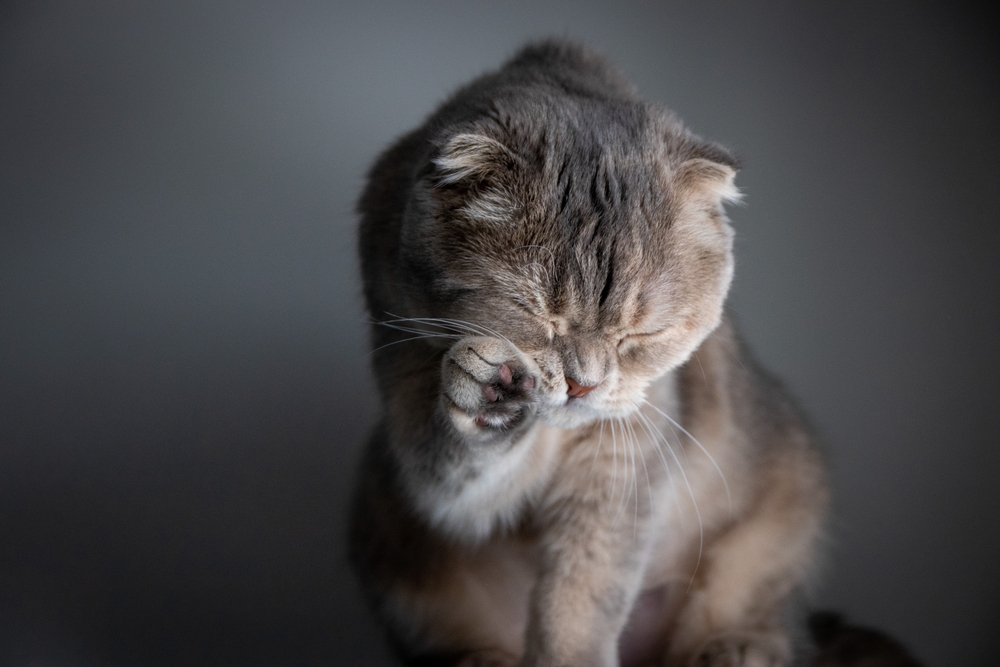
Cats spend a significant part of their day grooming, and this habit is about more than just maintaining a clean coat. Grooming helps regulate their body temperature and remove loose fur and dirt. But it also serves as a stress reliever, much like how humans might take a hot bath to unwind. In the wild, a clean cat is less likely to attract predators, making grooming a vital survival skill.
Additionally, grooming is a social activity among cats. When cats groom each other, it strengthens their bonds and helps maintain group cohesion. This behavior is called allogrooming and is crucial for social bonding in the wild. For your solo kitty, grooming you or themselves may serve as a substitute for this social interaction. It’s a testament to how deeply ingrained this behavior is, blending hygiene with emotional comfort.
11. Hissing

Hissing is a cat’s way of saying “back off,” and it’s an instinctual response to threats. This behavior is a defense mechanism, part of a broader strategy for self-preservation. When a cat hisses, it’s trying to appear more intimidating to potential threats. The accompanying arched back and puffed-up fur are meant to make the cat look larger and more formidable. In the wild, these tactics can mean the difference between a fight and a peaceful retreat.
Even domesticated cats have retained this instinctual behavior, using it to communicate boundaries with people and other animals. It’s a clear signal that they feel threatened or uncomfortable. Understanding this cue is vital to maintaining a harmonious relationship with your feline friend. By respecting their space when they hiss, you reinforce a respectful and trusting relationship. This behavior is a reminder of their wild ancestry, where survival often depended on quick, clear communication.
12. Eating Grass

It might seem strange when your cat nibbles on your lawn, but eating grass is linked to survival instincts. This behavior is believed to aid in digestion and help them expel hairballs. In the wild, consuming grass can also help cleanse their system of parasites. It’s a natural way for cats to maintain their digestive health. While it might lead to a bit of a mess indoors, it’s an instinctual practice rooted in maintaining physical well-being.
Despite being obligate carnivores, cats will indulge in some greens every now and then. This isn’t about nutrition but more about aiding their digestive process. Providing cat-friendly plants indoors can satisfy this instinct without damaging your other houseplants. It’s fascinating how they instinctively know what their body needs. This behavior shows just how in tune they are with their natural instincts.
13. Napping

Cats are notorious for their love of sleep, but this isn’t just laziness; it’s an evolutionary advantage. In the wild, conserving energy is vital for survival, and sleeping helps cats achieve this. Their sleep is often light and alert, allowing them to wake at the slightest sign of danger. This state of being always “on call” is crucial for a predator that must also avoid becoming prey.
Domesticated cats retain these sleep patterns, often snoozing for 12 to 16 hours a day. While they might seem like they’re constantly napping, they’re actually maintaining their instinctual rhythms. Their sleep supports their high-energy bursts during play or hunting. Understanding this can help you structure a routine that respects their natural needs. It’s not just about rest; it’s about being ready for action at any moment.
14. Licking You
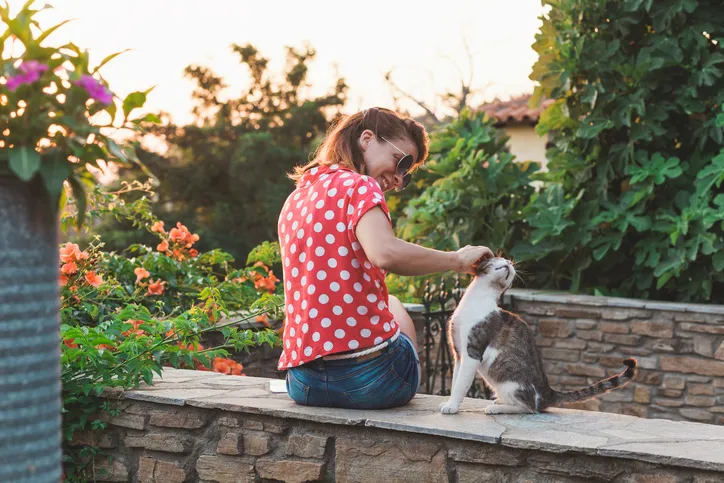
When your cat licks you, it’s not just a sign of affection but an instinctual behavior with survival roots. Grooming is a major part of cat interaction in the wild, serving to reinforce social bonds and maintain cleanliness. When your cat licks you, it’s trying to include you in this essential social ritual. It’s a gesture of trust and acceptance, treating you as part of their family.
This behavior also helps them assess your scent, which is important for recognizing group members. A cat’s world is heavily influenced by scent, and by licking you, they’re marking you as part of their territory. It’s a soothing behavior that comforts them and fosters a sense of connection. So while it might just feel like a rough tongue on your skin, it’s an act steeped in complex social and survival instincts.
